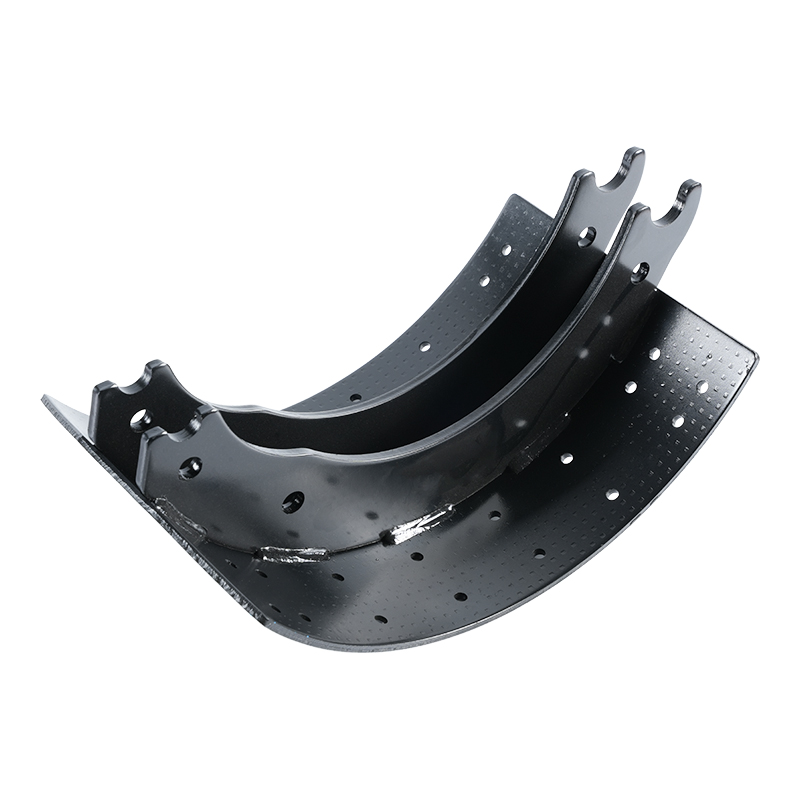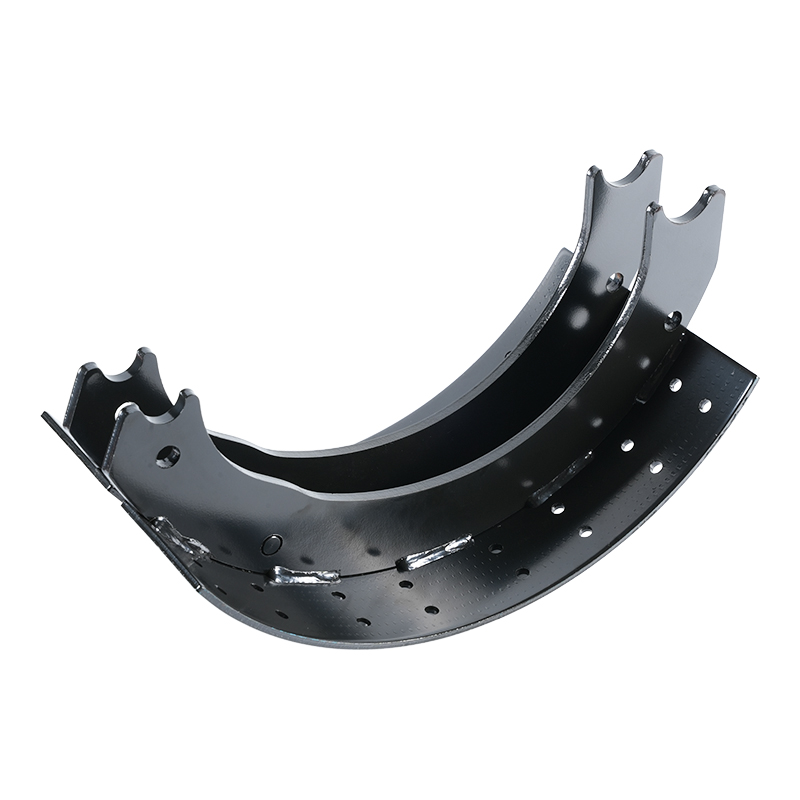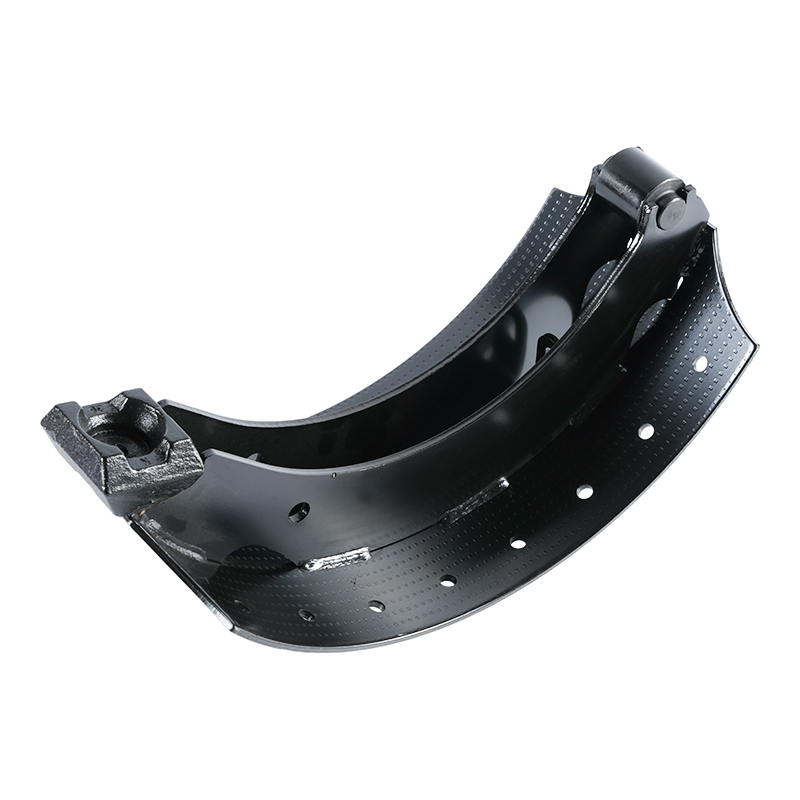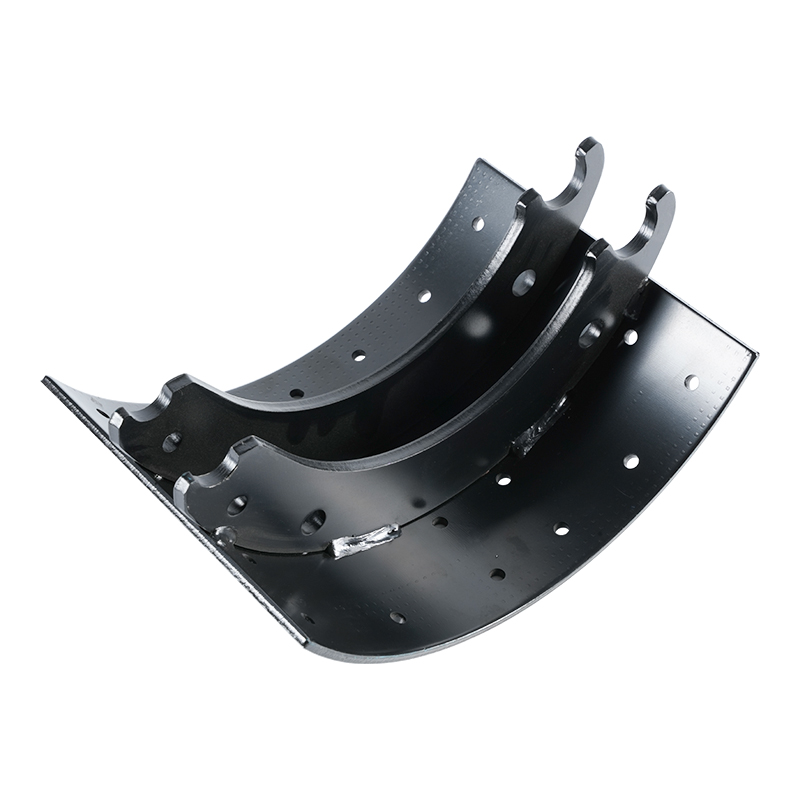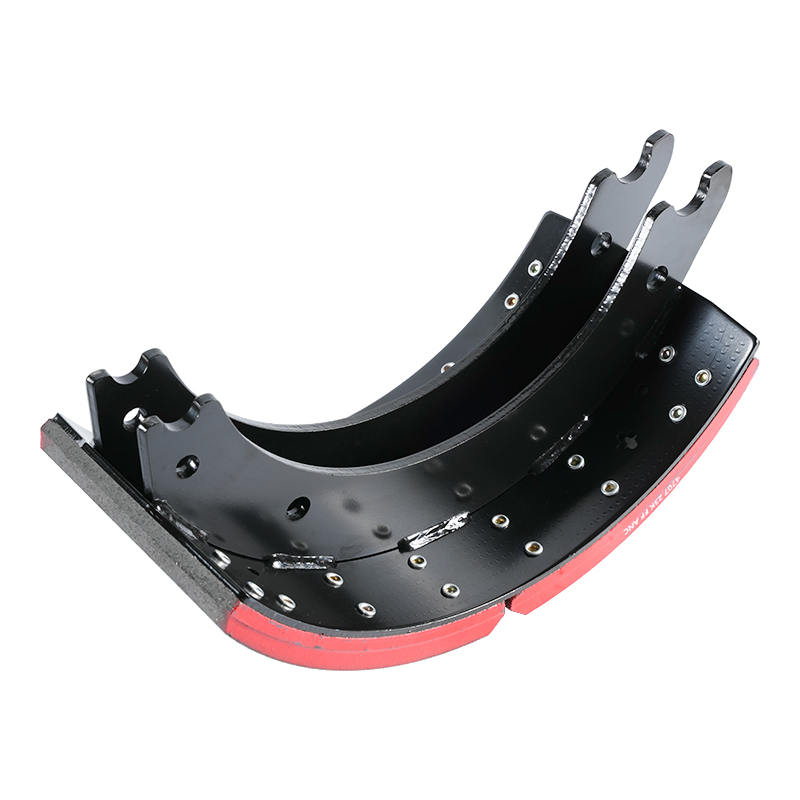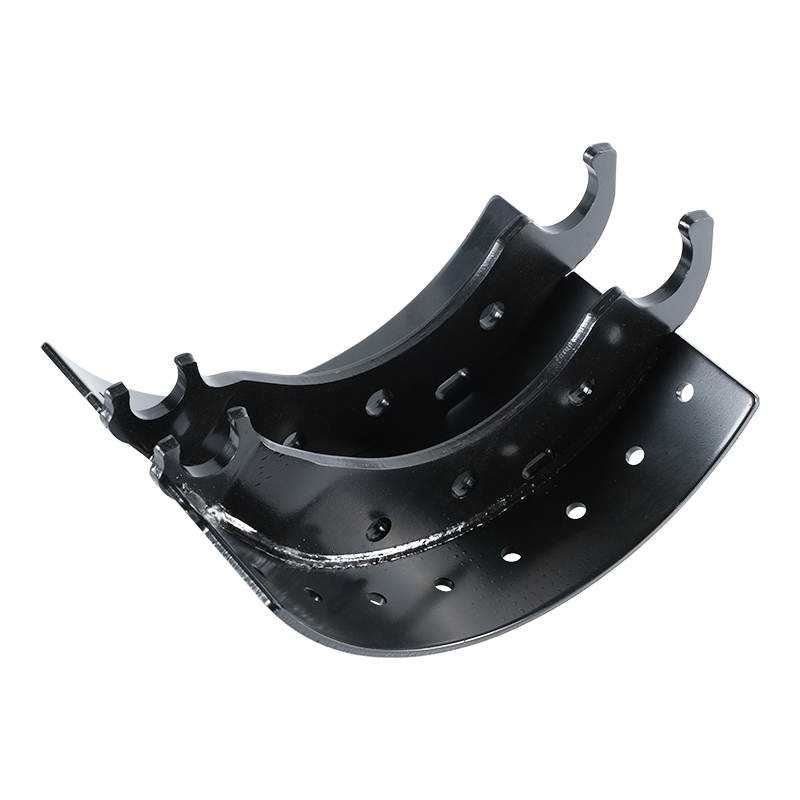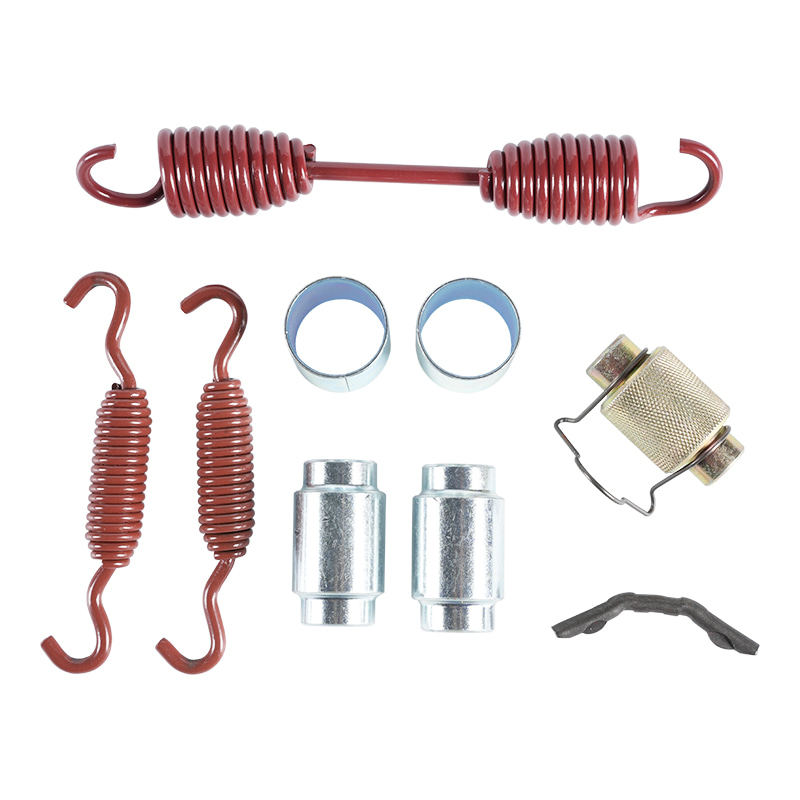How to tell if my brake linings are worn out?
 2025.08.12
2025.08.12
 Industry News
Industry News
When a driver presses the brake pedal, the braking system begins to work. One of the most critical components is the brake pad, often referred to as brake linings. They rub directly against the brake rotor or drum, creating the friction needed to slow down or stop the vehicle. Over time and with use, these pads will inevitably wear down, and their performance will decline. Recognizing the signs of worn-out brake pads is crucial for ensuring driving safety.
Signs of Worn-Out Brake Pads
1. Squealing or Grinding Noises
This is one of the most common signs of wear. Many brake pads are designed with a built-in wear indicator. When the pad wears down to a certain thickness, this small metal tab makes contact with the brake rotor, producing a sharp, high-pitched "squealing" or "screeching" sound. This noise is often most noticeable when you lightly press the brakes. If you hear this sound, it's a strong indication that your brake pads are worn and need to be replaced.
2. Abnormal Brake Pedal Feel
A healthy braking system should have a brake pedal with moderate resistance and travel. If you notice that you have to press the pedal farther down than usual, or if the pedal feels soft and "spongy," it could mean the brake pads are severely worn or there's an issue with the hydraulic system. Conversely, a hard pedal that requires more force to press could be related to the brake booster, but it could also be a sign of uneven brake pad wear or a seized brake caliper.
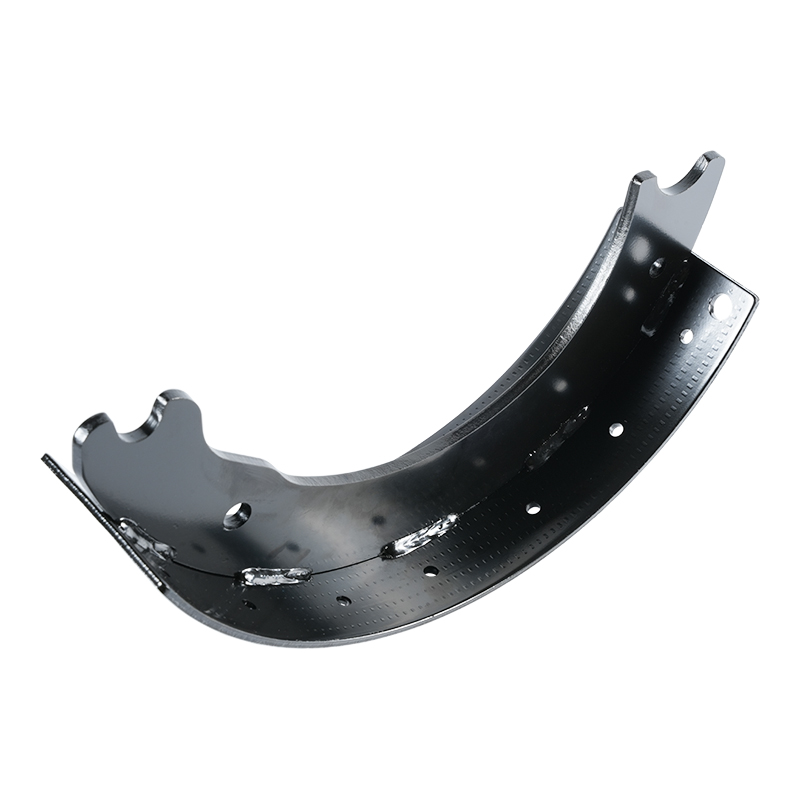
3. Pulsating or Vibrating Sensation During Braking
When the brake pads and rotors wear unevenly, it can cause a pulsating or vibrating sensation when you brake. This is often called brake shudder. It might be caused by uneven wear of the brake pads or by the brake rotors becoming warped or having an uneven surface. This vibration is usually more noticeable when braking from high speeds.
4. Decreased Braking Performance
This is the most direct and dangerous sign. When brake pads are severely worn, their ability to create friction is greatly reduced, leading to a longer braking distance. You might feel that your vehicle can't stop as quickly as it used to, especially during an emergency stop. This is a critical warning sign that your pads have reached their limit and must be inspected and replaced immediately.
How to Visually Check Your Brake Pads
If you have some automotive knowledge, you can perform a visual inspection.
-
Check the Pad Thickness: On most vehicles, you can see the brake caliper and pads through the wheel spokes. New pads typically have a thickness of 8–12 mm. It's generally recommended to replace them when they are less than 3 mm thick. If they have worn down to just 1–2 mm, they must be replaced right away.
-
Inspect the Brake Rotor Condition: As the pads wear, the brake rotors will also show some wear. Check the rotor surface for significant grooves, deep scratches, or uneven wear. A healthy rotor surface should be smooth and flat.
-
Monitor the Brake Fluid Level: As the brake pads wear down, the caliper pistons move outward to compensate for the gap, which causes the brake fluid level to drop. While some drop is normal, a very low level could indicate severely worn pads or a leak. Never top off the fluid when the level is low, as it will overflow once new pads are installed and the fluid returns to its normal level.
Disclaimer: If you are not confident in your ability to perform these checks or if your vehicle exhibits any of the above signs of wear, you should take it to a professional mechanic immediately. A professional technician will use specialized tools like a micrometer to accurately measure the pad thickness and inspect the entire braking system to ensure your safety. Remember, brake system maintenance is not something to be taken lightly.

 Eng
Eng  中文简体
中文简体
